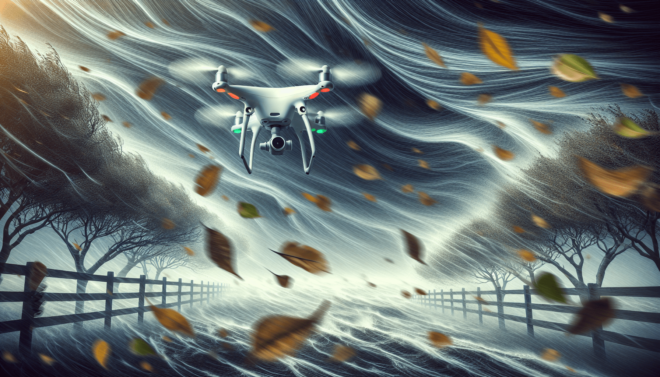How Do I Fly A Drone In Windy Conditions?
Understanding the Impact of Wind on Drone Flight
Flying a drone in windy conditions can present a unique set of challenges. Understanding how wind affects your drone is crucial to ensuring a safe and successful flight. In this article, we will discuss the impact of wind on drone flight and provide tips on how to fly your drone in windy conditions.
Factors to Consider When Flying in Windy Conditions
Before taking your drone out in windy conditions, there are several factors you should consider to ensure a safe and successful flight. Factors such as wind speed, wind direction, and the weight of your drone can all impact its flight performance. By taking these factors into account, you can better prepare yourself for flying in windy conditions.
Tips for Flying Your Drone in Windy Conditions
Flying a drone in windy conditions requires a different set of skills and techniques than flying in calm weather. Here are some tips to help you fly your drone safely and effectively in windy conditions:
-
Choose the Right Drone: Not all drones are created equal when it comes to flying in windy conditions. Look for a drone with a strong motor and stabilizing features that can handle gusty winds.
-
Check the Weather Forecast: Before heading out to fly your drone, check the weather forecast for wind speed and direction. Avoid flying in windy conditions if the wind speed exceeds your drone’s capabilities.
-
Fly Low and Slow: When flying in windy conditions, it’s best to keep your drone at a lower altitude and fly at a slower speed. This will help reduce the impact of wind gusts on your drone.
-
Adjust Your Flight Path: Be mindful of the direction of the wind and adjust your flight path accordingly. Flying against the wind can be challenging, so try to fly with the wind to make it easier to control your drone.
-
Use GPS and Stabilization Features: If your drone is equipped with GPS and stabilization features, make sure to enable them when flying in windy conditions. These features can help keep your drone steady and prevent it from drifting off course.
-
Avoid Flying in Strong Winds: If the wind speed is too high, it’s best to avoid flying your drone altogether. Strong winds can easily overpower your drone and make it difficult to control, putting it at risk of crashing.
Tips for Landing Your Drone in Windy Conditions
Landing your drone safely in windy conditions can be challenging, but with the right techniques, you can ensure a smooth landing. Here are some tips for landing your drone in windy conditions:
-
Pick a Sheltered Landing Spot: When landing your drone in windy conditions, look for a sheltered spot that is protected from gusty winds. This will make it easier to control your drone and ensure a safe landing.
-
Descend Slowly: When descending your drone for landing, do so slowly and steadily to avoid being caught off guard by sudden gusts of wind. Keep a close eye on your drone’s altitude and adjust as needed.
-
Use Manual Control: In windy conditions, it’s best to use manual control when landing your drone. This will give you more control over the landing process and allow you to make adjustments as needed.
-
Maintain Line of Sight: Keep your drone within line of sight when landing in windy conditions. This will help you monitor its position and make any necessary corrections to ensure a safe landing.
Conclusion
Flying a drone in windy conditions can be challenging, but with the right skills and techniques, you can ensure a safe and successful flight. By understanding the impact of wind on drone flight, considering important factors, and following our tips for flying and landing in windy conditions, you can confidently take your drone out in less-than-ideal weather conditions. Remember to always prioritize safety and practice caution when flying your drone in windy conditions. Happy flying!

